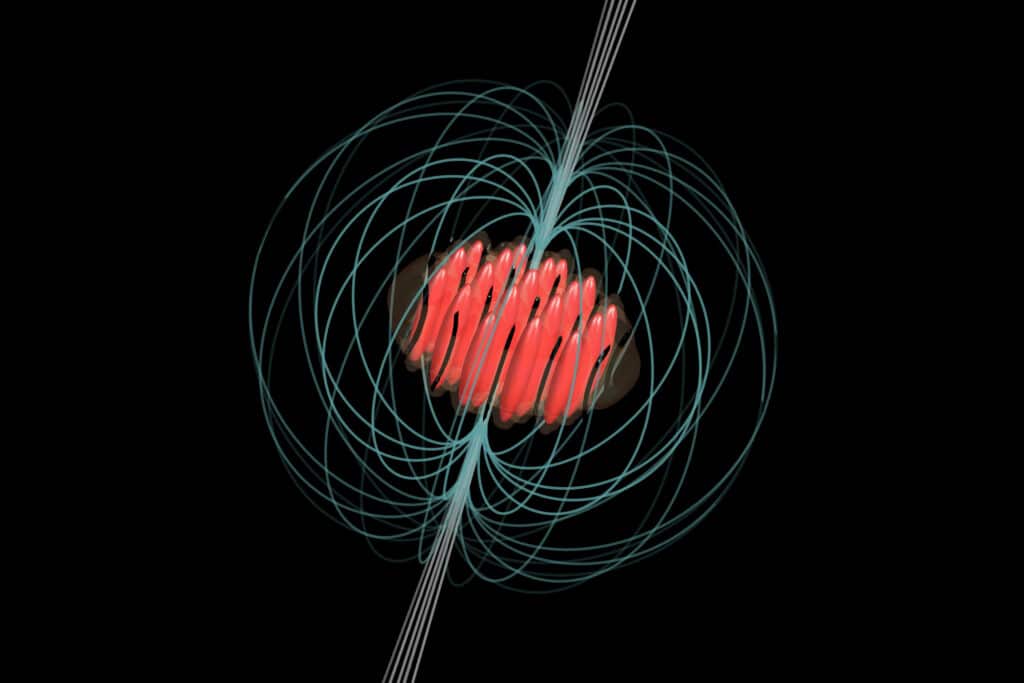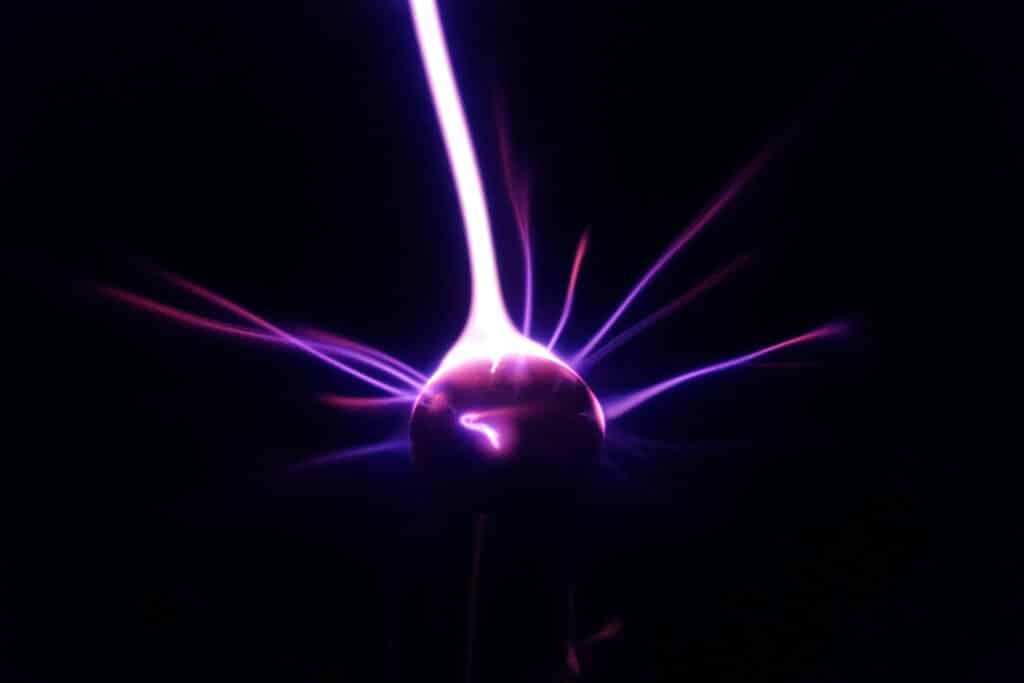It sounds like something straight out of a Marvel movie as scientists have moved a step closer to solving one of the universe’s greatest mysteries: the force of gravity at the quantum level. For centuries, the workings of gravity within the quantum realm have eluded experts, with even Albert Einstein acknowledging the challenge in his theory of general relativity. However, a collaborative effort by physicists from the University of Southampton and European scientists has marked a significant advancement in this area.
Scientists successfully detected a weak gravitational pull on a microscopic particle, utilizing a novel technique involving levitating magnets. This achievement represents a pivotal moment in the pursuit of understanding quantum gravity. Quantum gravity is a theoretical framework that seeks to describe gravity according to the principles of quantum mechanics, a branch of physics that explains the behavior of particles at the smallest scales.

“Experts have never fully understood how the force which was discovered by Isaac Newton works in the tiny quantum world,” the media release states, highlighting the long-standing challenge that this experiment addresses. The successful measurement of gravity on such a small scale is seen as a crucial step toward unraveling the complex interactions that govern our universe at the quantum level.
“For a century, scientists have tried and failed to understand how gravity and quantum mechanics work together,” says study lead author Tim Fuchs, physicist at the University of Southampton. “Now we have successfully measured gravitational signals at a smallest mass ever recorded, it means we are one step closer to finally realizing how it works in tandem.”
The experiment’s methodology is as innovative as its findings. It involved the use of superconducting devices, magnetic fields, and advanced techniques to isolate the particle’s vibrations, measuring a gravitational pull of just 30aN on a particle weighing 0.43 milligrams. Researchers managed to levitate this particle at temperatures a fraction above absolute zero, approximately minus-273 degrees Celsius.
This breakthrough not only sheds light on the elusive concept of quantum gravity but also sets the stage for future experiments that could further demystify the quantum world.
“Our new technique that uses extremely cold temperatures and devices to isolate vibration of the particle will likely prove the way forward for measuring quantum gravity,” notes Hendrik Ulbricht, professor at the University of Southampton. “Unravelling these mysteries will help us unlock more secrets about the universe’s very fabric, from the tiniest particles to the grandest cosmic structures.”

The implications of understanding quantum gravity extend far beyond academic curiosity. By bridging the gap between quantum mechanics and gravitational theory, scientists hope to answer some of the most profound questions about the universe, including its origins, the nature of black holes, and the possibility of unifying all fundamental forces under one comprehensive theory.
The study is published in the journal Science Advances.












